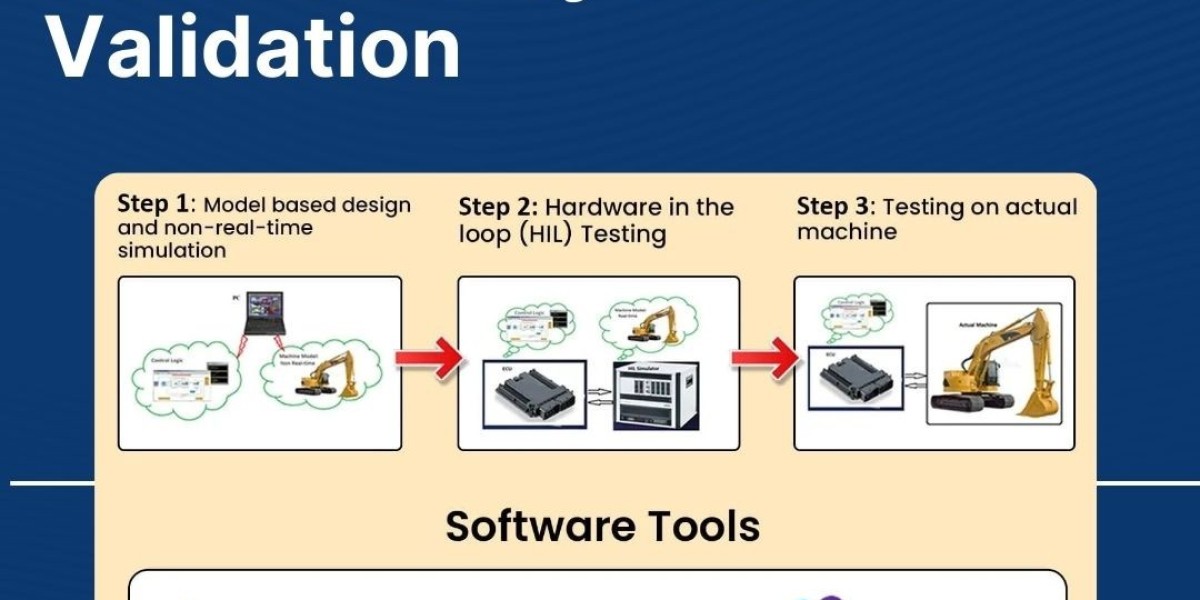In modern embedded systems development, Hardware-in-the-Loop (HIL) testing has emerged as an essential method for validating and verifying complex control systems. It allows engineers to simulate real-world conditions by integrating software models with physical hardware components, creating a safe and controlled environment for testing. This method reduces the need for expensive prototypes and accelerates the development process by detecting issues early, enhancing system reliability.
Understanding HIL Testing:
HIL testing bridges the gap between software simulations and real-world hardware testing. It involves connecting a physical controller (like an ECU) to a simulated environment and replicating real-world inputs and responses. This setup enables thorough testing of control algorithms without the risks and costs associated with testing on physical systems.
Benefits of HIL Testing:
Early Issue Detection: HIL testing identifies software and hardware issues early, reducing the cost of fixing defects later in the development cycle.
Improved Safety: By simulating hazardous scenarios in a controlled environment, HIL testing ensures system safety without putting physical components or users at risk.
Cost Efficiency: It minimizes the need for expensive physical prototypes and allows for extensive testing before physical integration, saving both time and resources.
Scalability: HIL testing can be scaled for different systems, making it suitable for various industries, including automotive, aerospace, and industrial automation.
HIL Testing at Servotech:
At Servotech, we specialize in providing comprehensive HIL testing services that ensure the reliability and robustness of embedded control systems. Our expert team uses state-of-the-art tools and methodologies to validate software against real-world scenarios, enhancing product quality and reducing time to market. Our HIL testing approach helps clients in automotive, aerospace, and other sectors to achieve reliable performance, regulatory compliance, and cost-effective development.
Conclusion:
HIL testing is a vital part of the development process for embedded systems, offering a safe, efficient, and cost-effective way to validate complex control systems. With Servotech’s expertise in HIL software testing, businesses can confidently move from design to deployment, ensuring robust and reliable performance across various applications.
For more information about HIL Testing, visit Servotech's HIL Testing Services.








